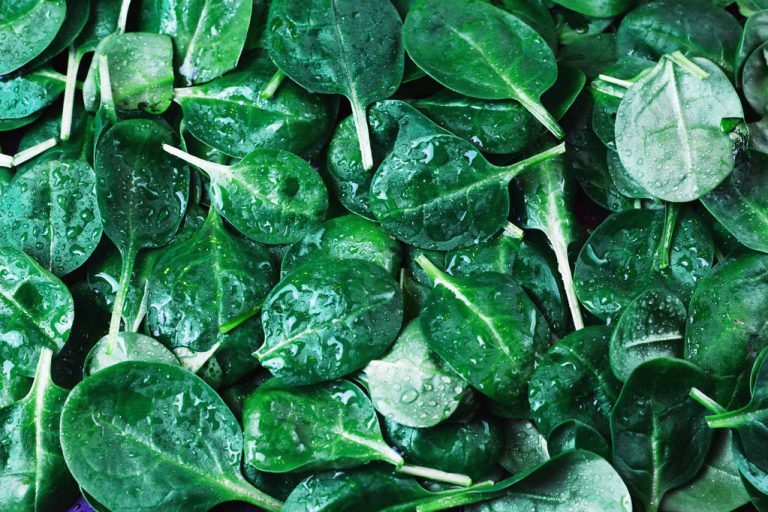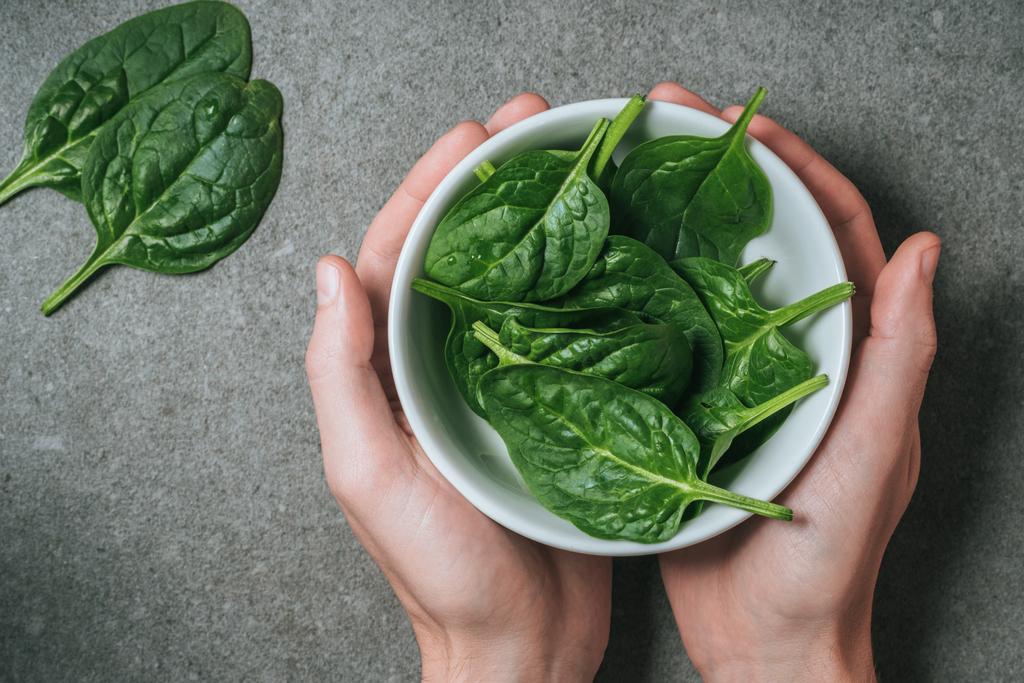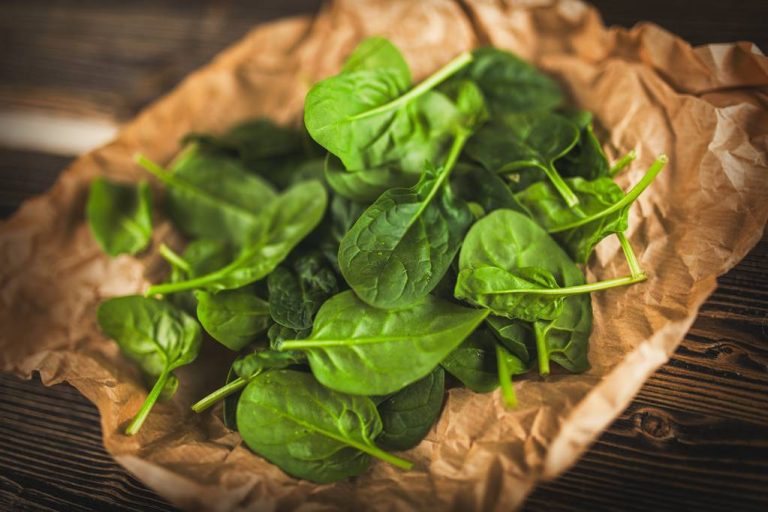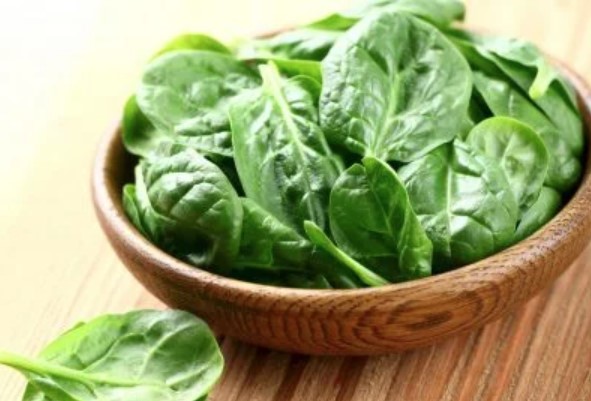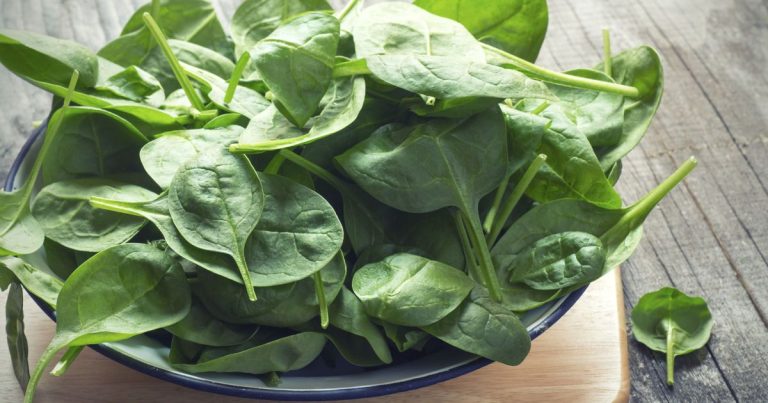Bright green, fresh, and incredibly healthy: There are lots of important minerals and vitamins in spinach. Above all, the trace element zinc. With this, the body regulates metabolism, for example. The fact that spinach contains a particularly large amount of iron is a myth debunked. However, you shouldn’t miss out on enjoying the vegetables. We have put together ten great spinach recipes for you that are guaranteed to inspire you!
Foam omelet with spinach
Foam omelet with spinach – what could be nicer? Heavenly fluffy with a colorful and seductively crunchy topping, this omelet is a real eye-catcher on the plate. By the way, you can adapt the ingredients to your own taste and vary them as you like. How about, for example, Parmesan or goat’s cream cheese?
Asparagus cannelloni with spinach

Cannelloni loves small and large pasta fans alike. In this case, they are coated in a creamy spinach sauce and filled with delicious white and green asparagus. It makes your mouth water – or what do you think?
Ricotta Spinach Cookies
You should not miss this vegetarian starter, because it brings together the best ingredients and – thanks to ricotta and parmesan cheese – provides a very special aroma. Of course, you can also enjoy the crispy cookies as the main course. Freshly prepared, this dish is simply irresistible!
Melon Spinach Juice
This version of a green smoothie is very popular with all juice fans. Spinach and melon harmonize in a special way and provide lots of vitamins and nutrients that ensure vitality and well-being. So dare yourself to try this delicious drink. We’re sure you can’t get enough of it!
Salmon and spinach pan
Salmon and spinach is a combination that always works and leaves nothing to be desired. And best of all, this dish is prepared in no time and is almost star-worthy… Don’t you think so? Give it a try and let yourself be captivated by this wonderful meal…
Spinach Mango Vegetables
Spinach and mango – do they go together? Oh yes, and how! The combination may sound a little strange at first. And that’s exactly why we advise you to prepare this dish without fail and completely surrender to the special aroma. You’ll see: the combination of spinach and mango creates a real explosion of flavors in your mouth!
Creamy Spinach Soup
The spinach soup is a classic that is rarely prepared these days. Too bad actually! Because this soup is a real delicacy that is easy to prepare and offers perfect enjoyment even on cooler days.
Sweet potatoes with spinach salad
Sweet potato fans will love this wonderful dish. The vegetarian delicacy is ideal for discerning connoisseurs with little time to cook. So feel free to invite friends and family over and present this culinary highlight on a plate. You can be sure of the applause!
Asparagus salad with spinach and mushrooms

Another recipe from the category: simple, but extremely delicious! The fresh vegetables awaken the spirit of spring and make you want a variety of dishes that you can easily prepare yourself. Don’t you agree?
Baked spinach rolls
Last but not least, we would like to recommend our baked spinach rolls. Basically, you don’t have to say much about this dish, because the look speaks for itself. But it should be emphasized once again at this point that these small rolls not only look great but also taste sensational!








